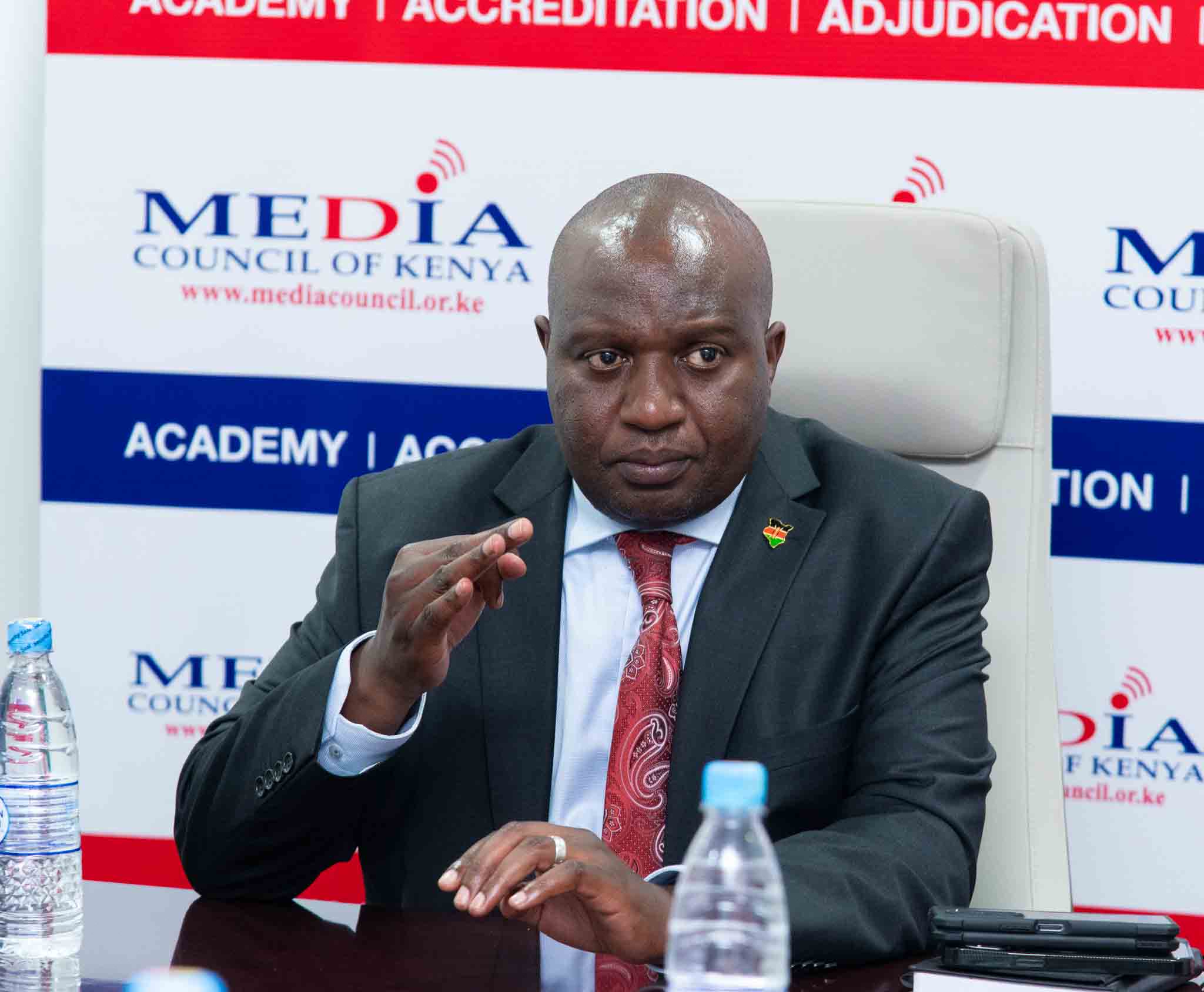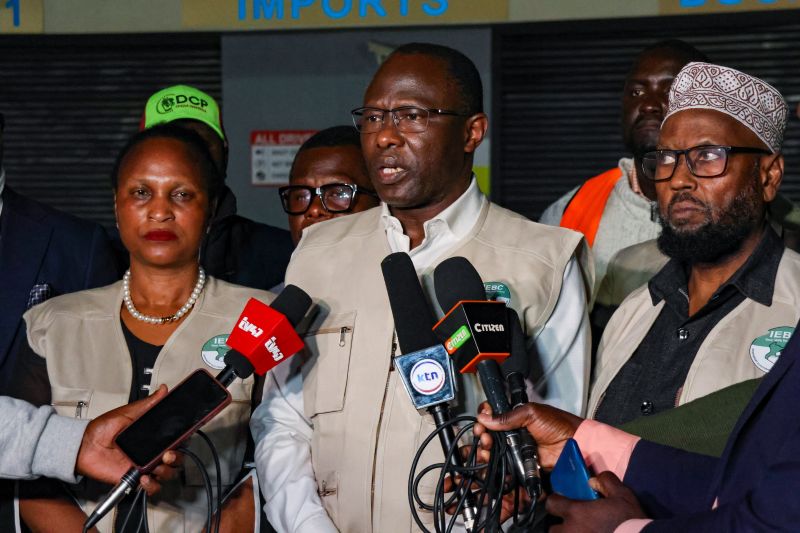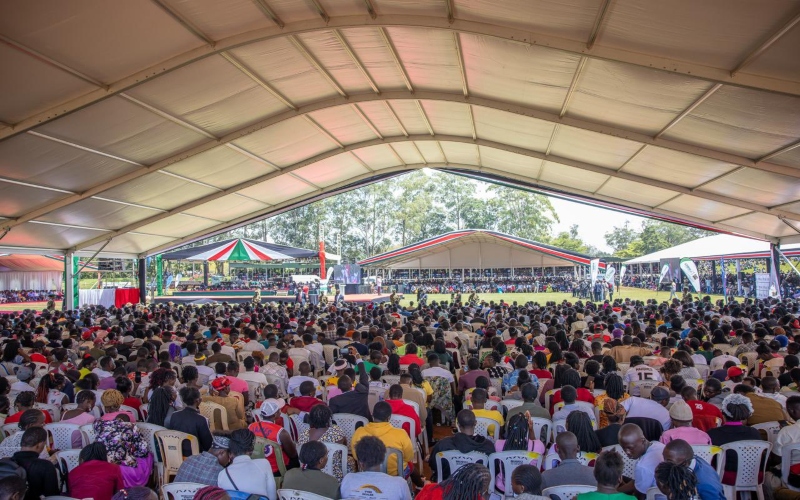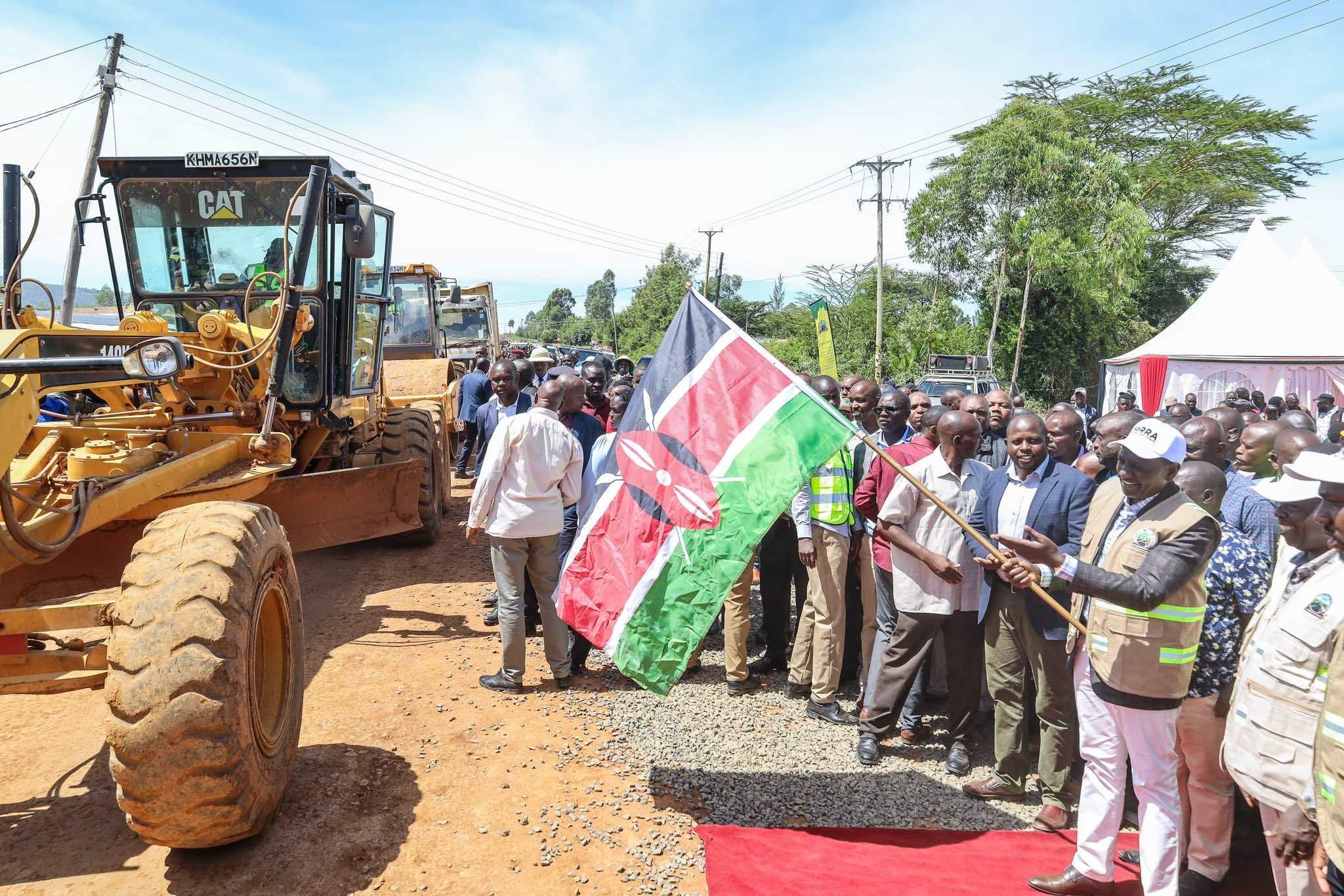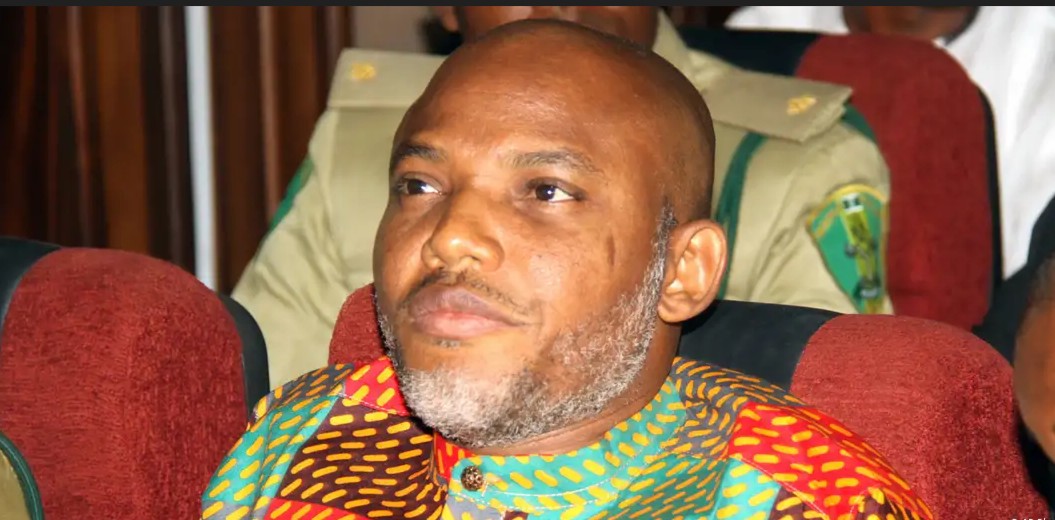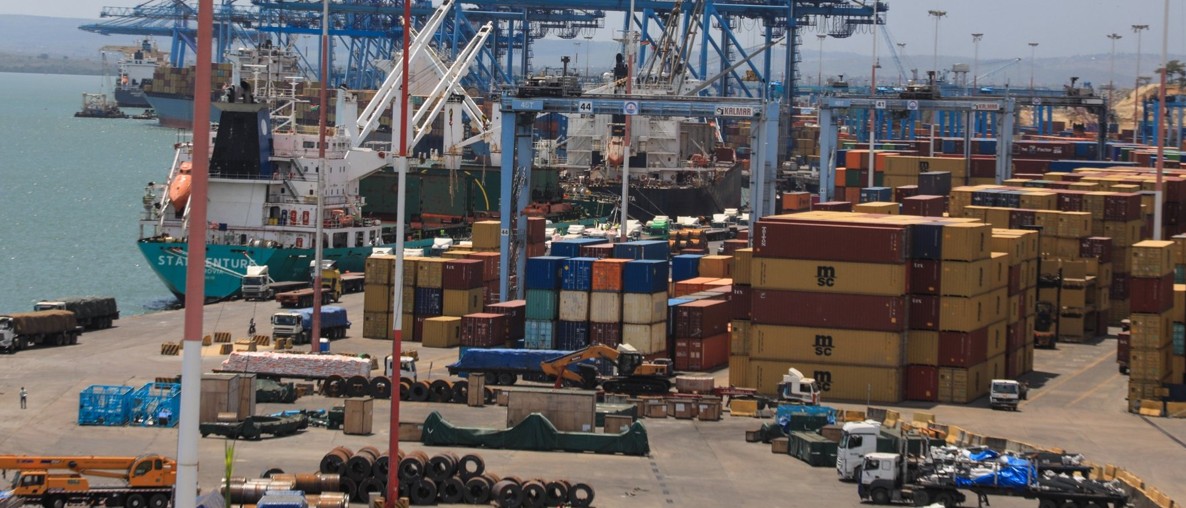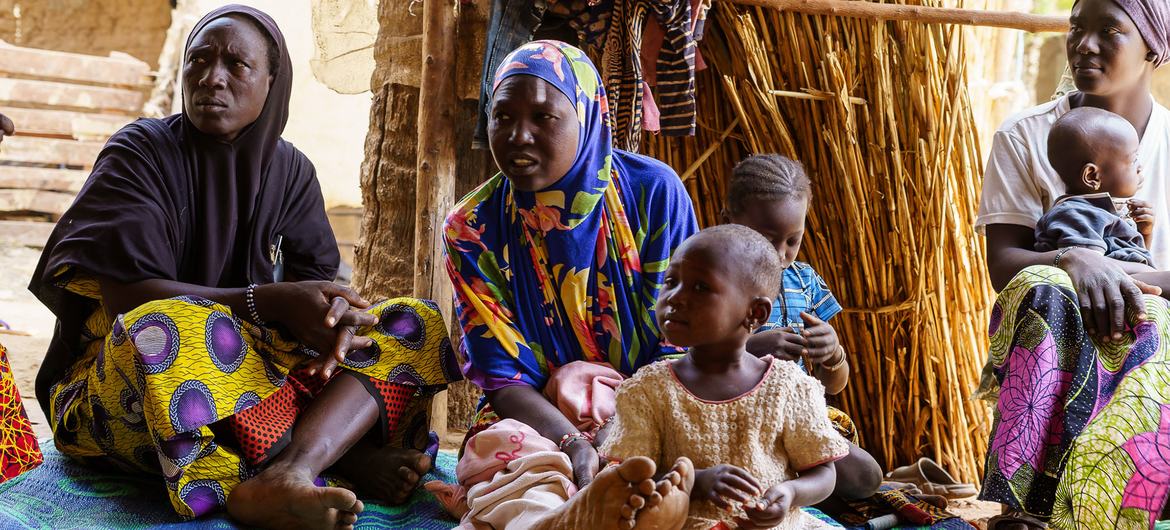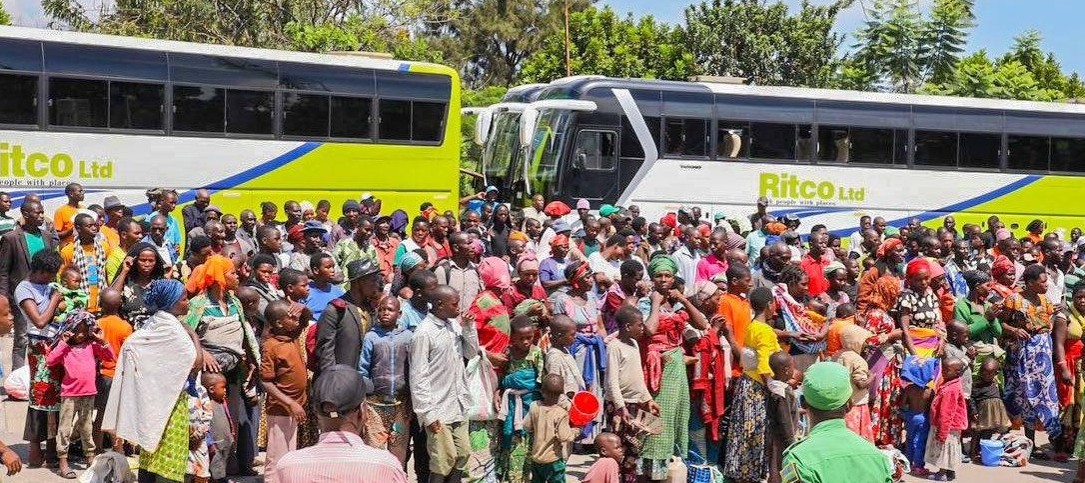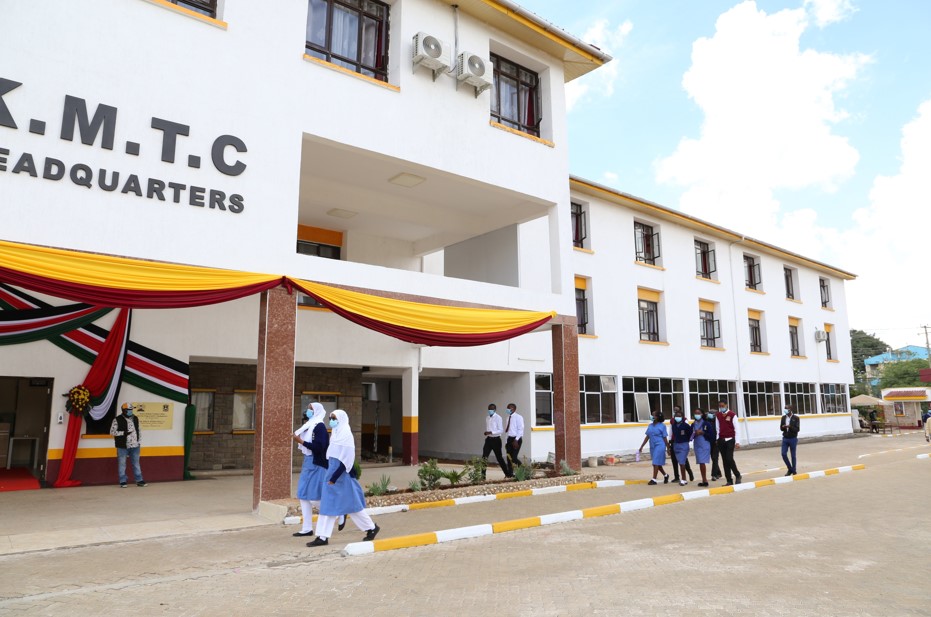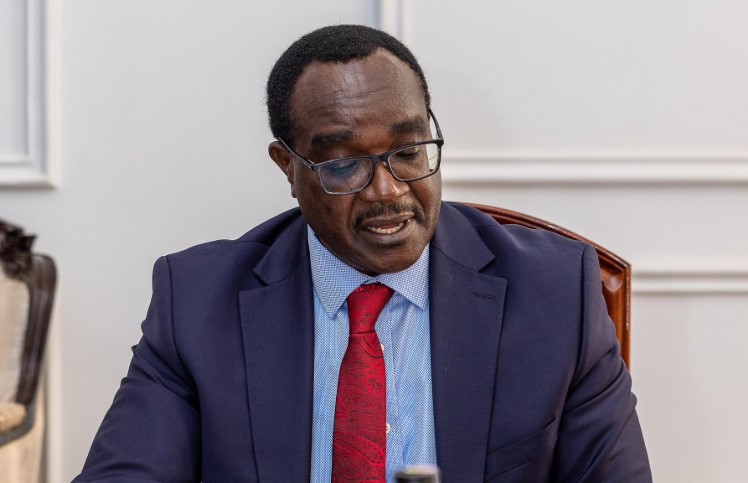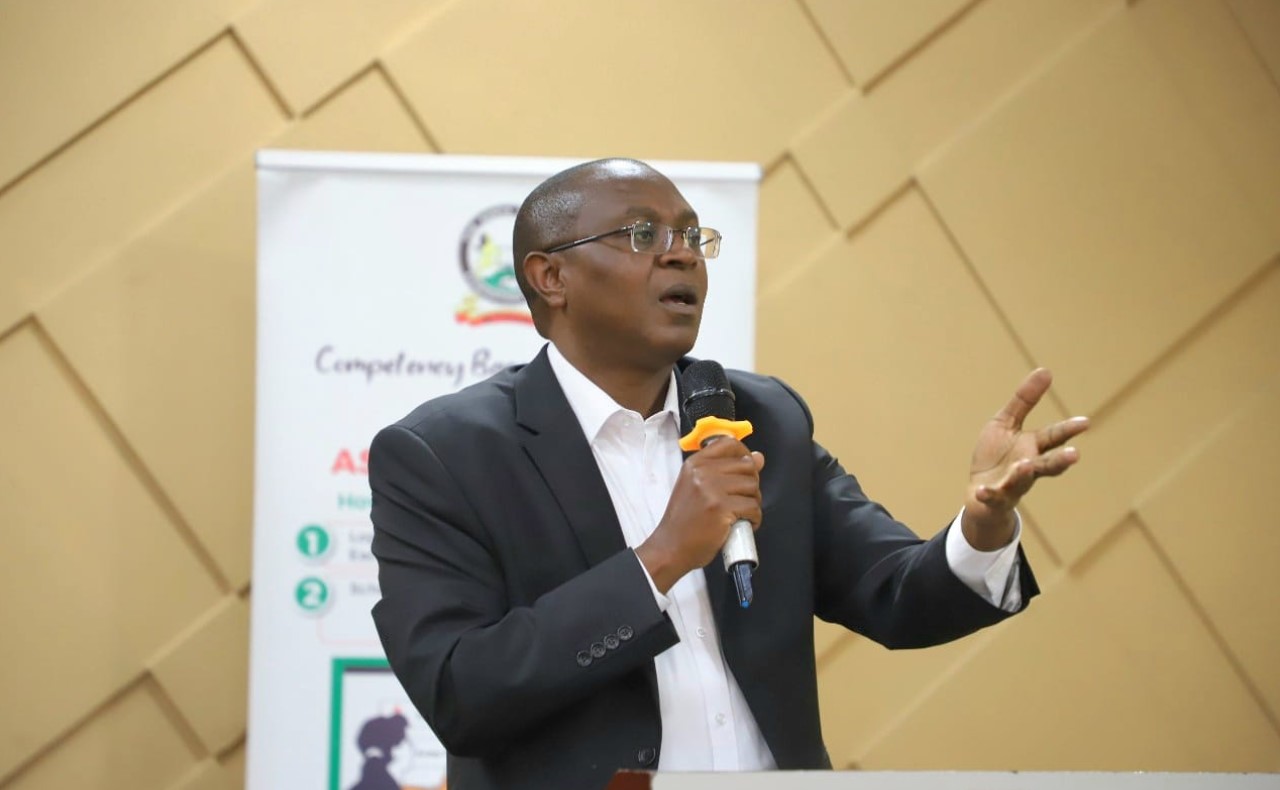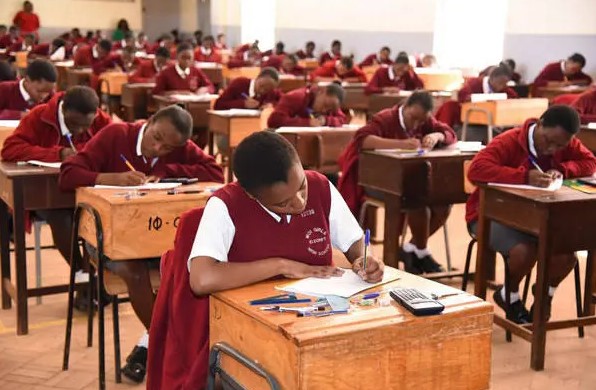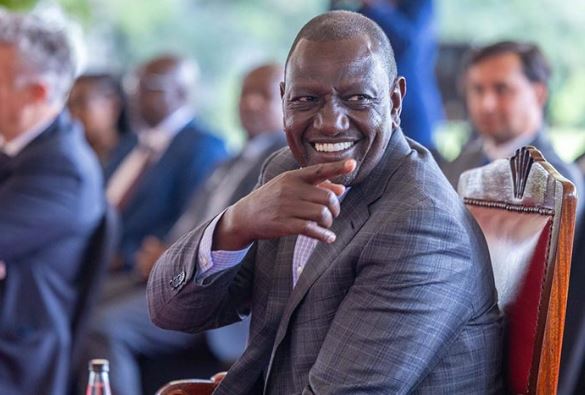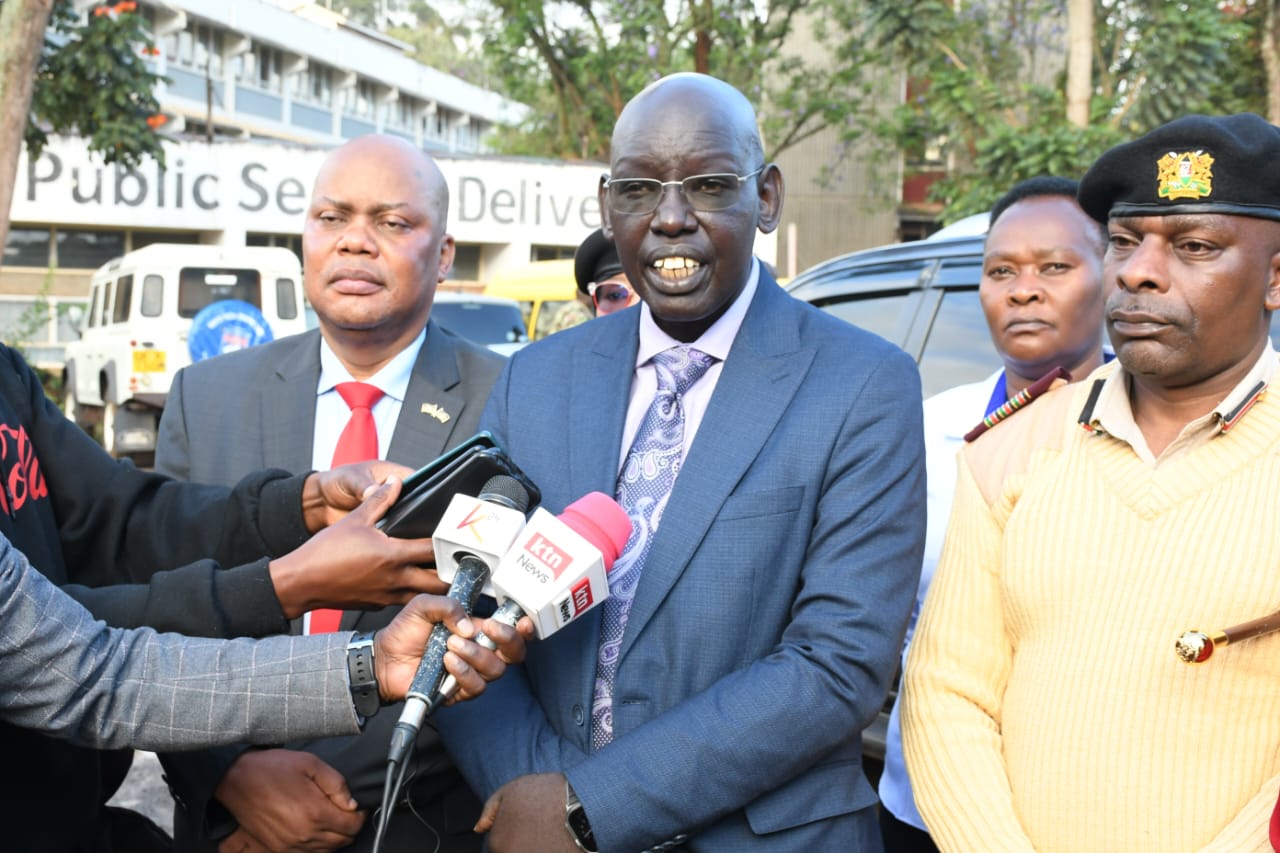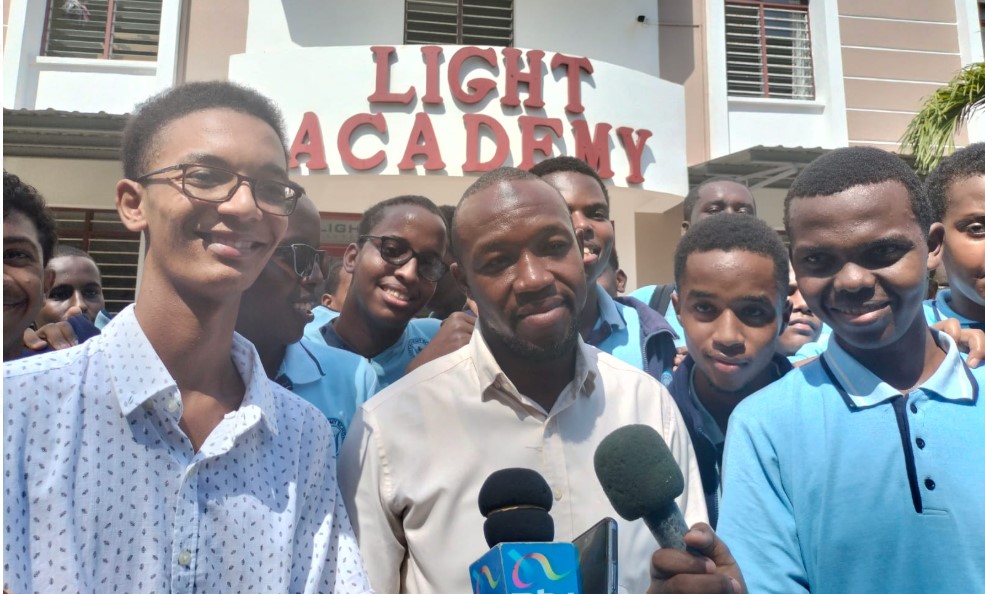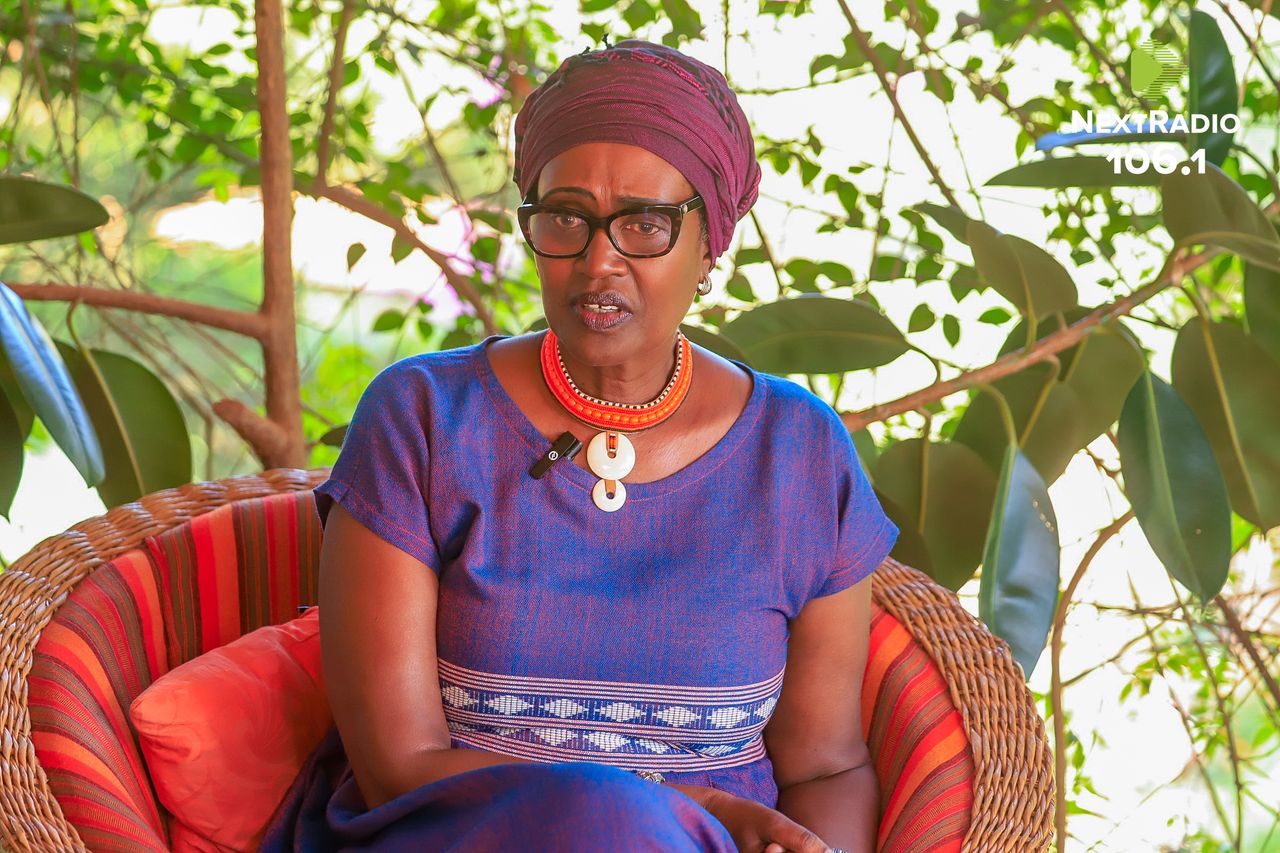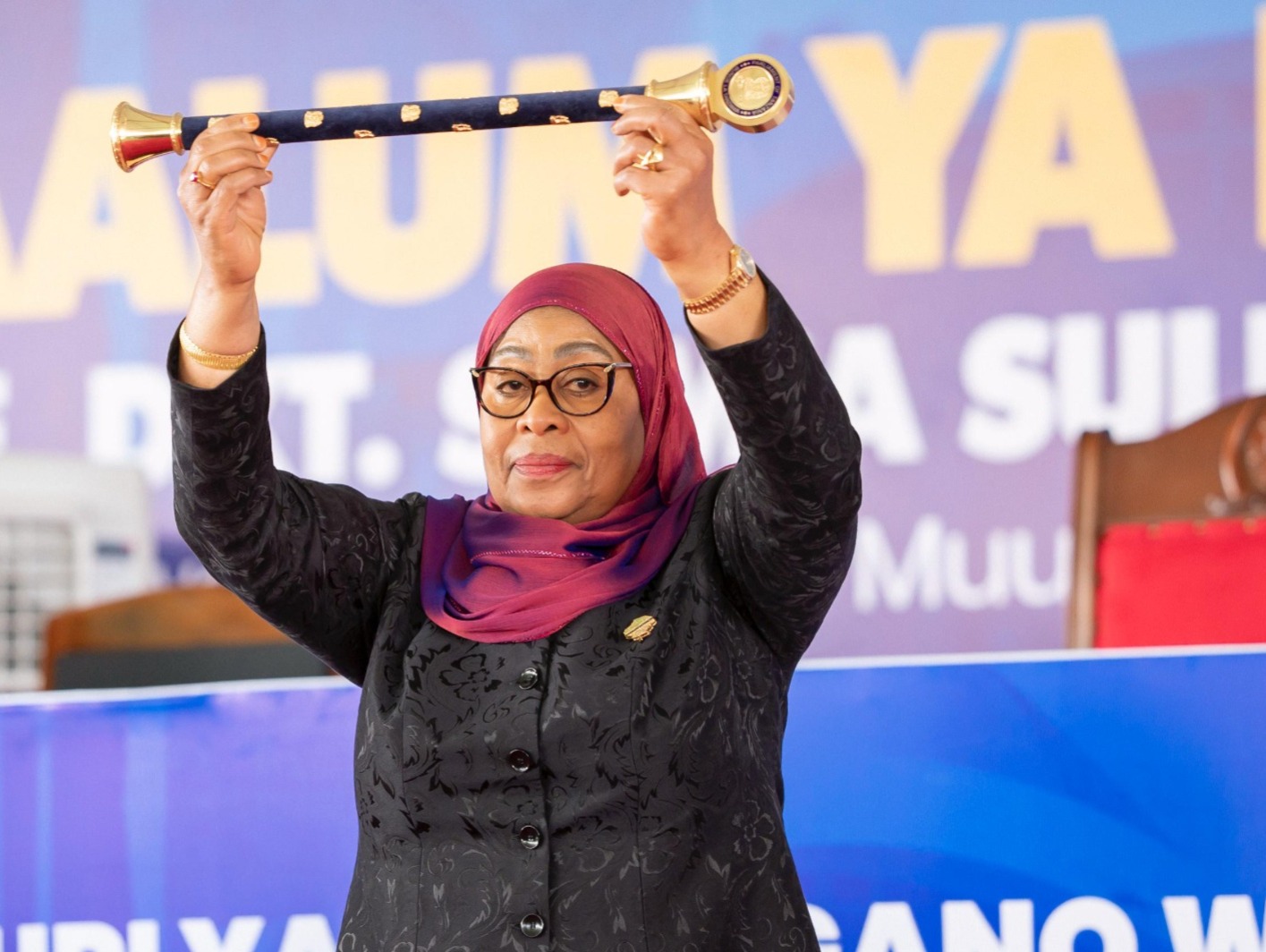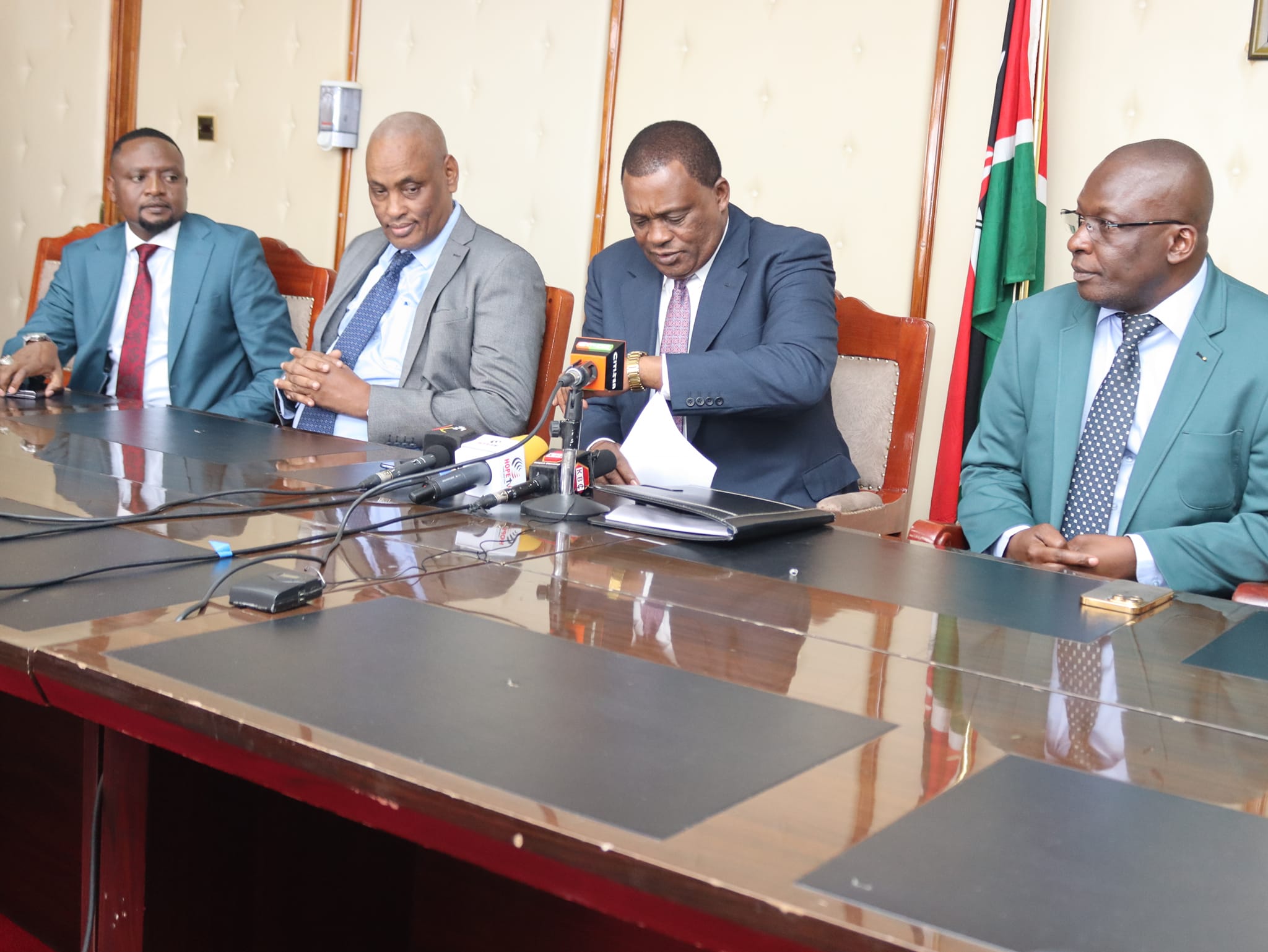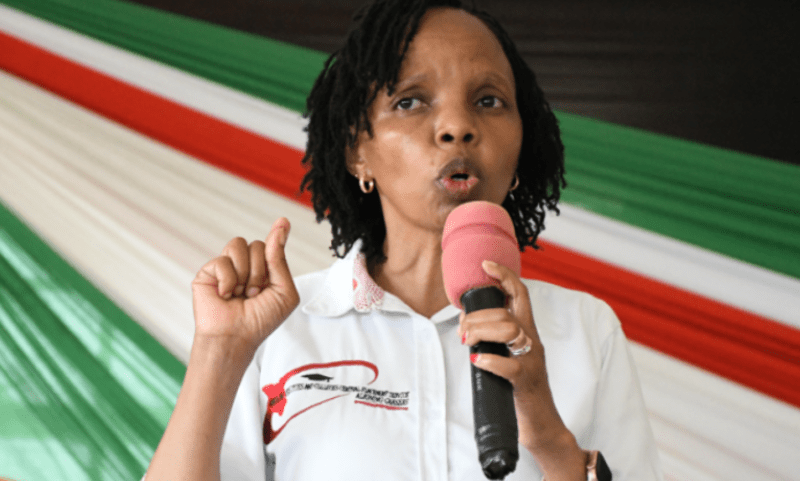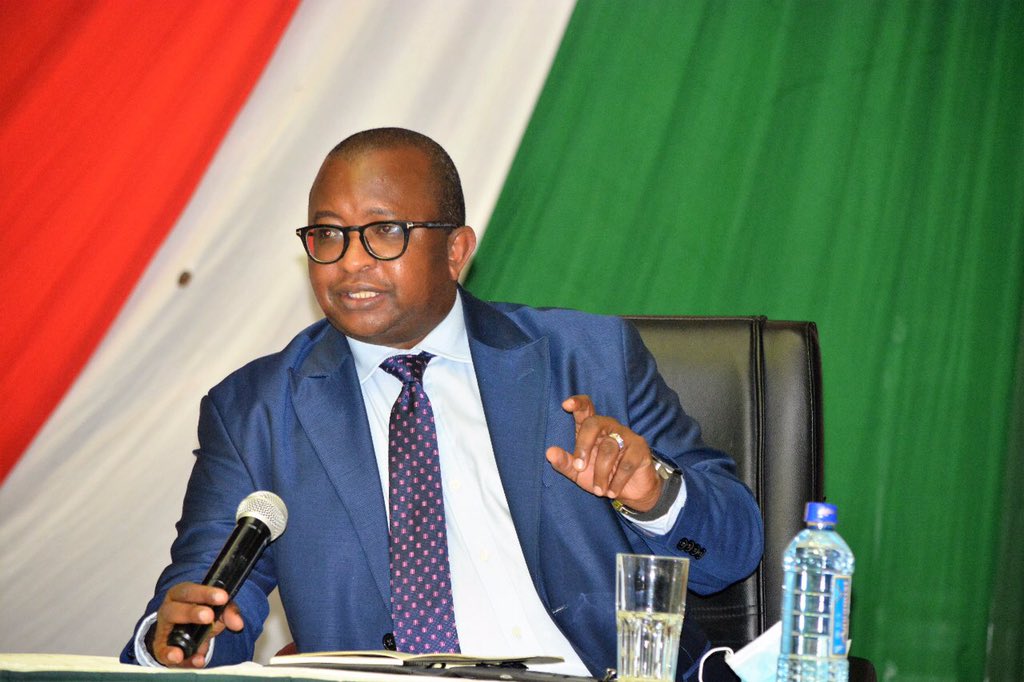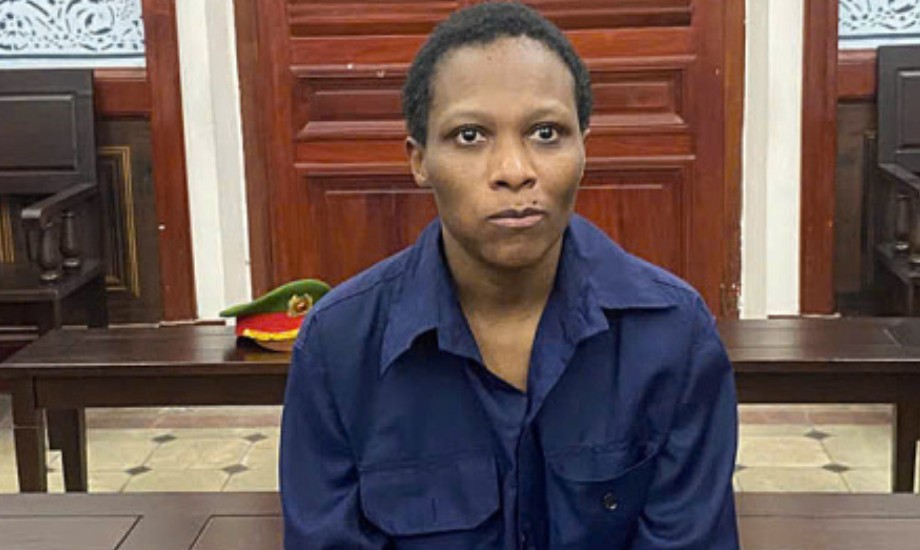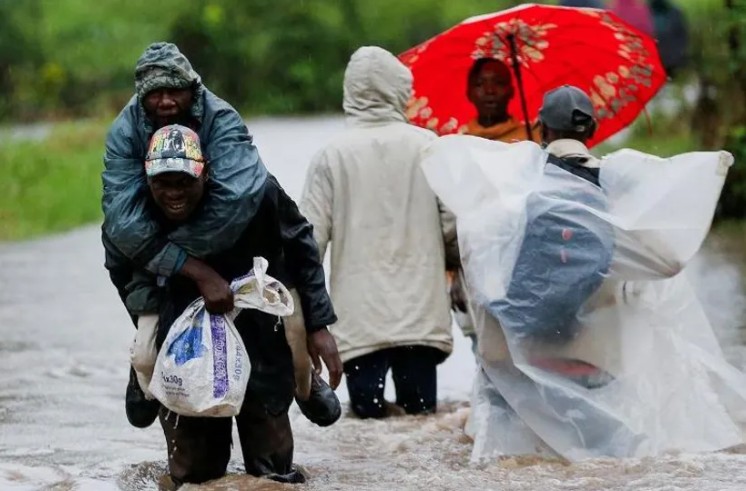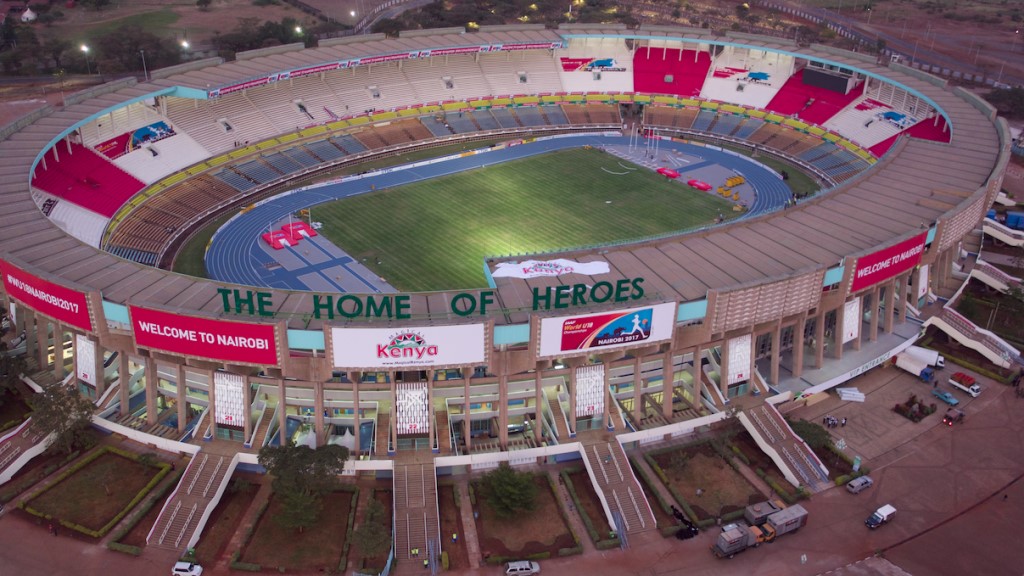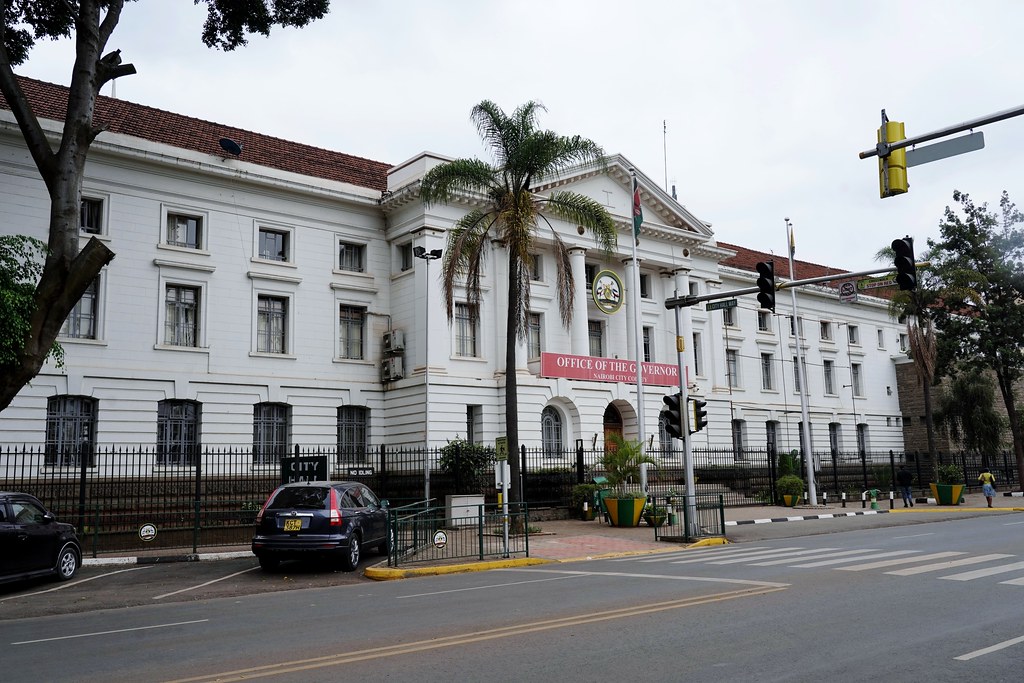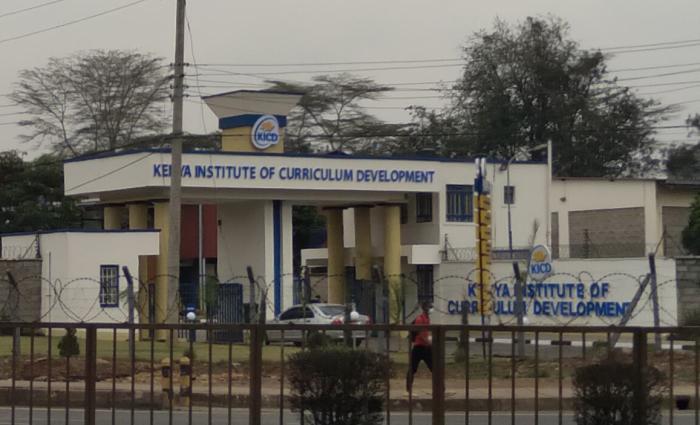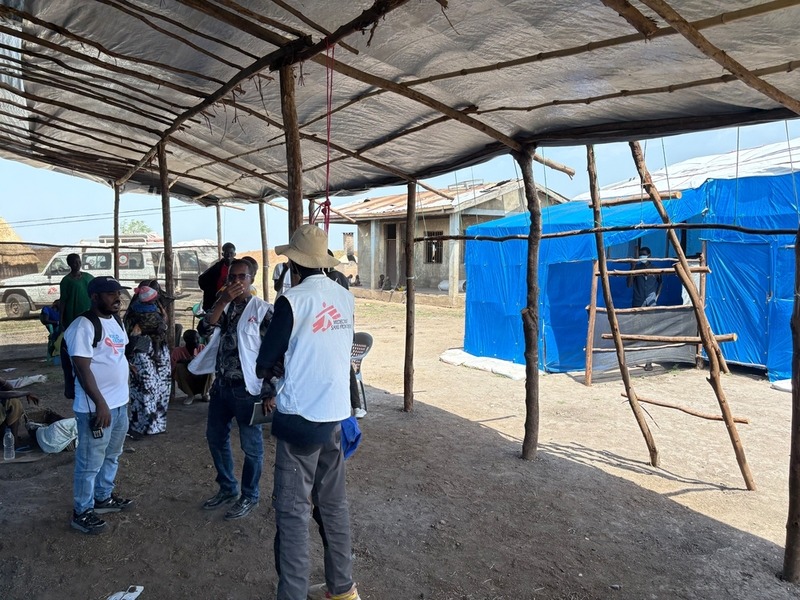AUSSOM chief Sivuyile Bam warns mission faces uncertain future due to funding shortfall
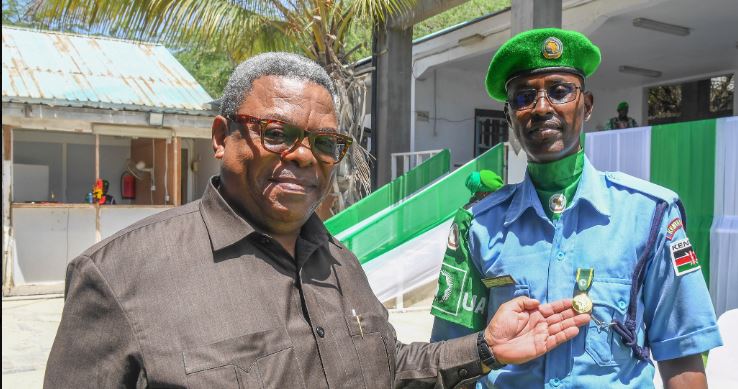
The mission's exit strategy will be informed by progressive improvement in the capacity of the Somali security forces to take over full responsibility for security in Somalia, including the extension of state authority and government functions.
The head of the African Union Security Support Mission for Somalia (AUSSOM), Sivuyile Bam, has warned that the mandate of the new mission is at stake due to funding shortfalls.
"The financial situation of AUSSOM is dire and an existential risk to the mission's very survival," the envoy, who also serves as the acting special representative of the African Union Commission for Somalia, told a United Nations Security Council (UNSC) private meeting on Somalia.
More To Read
- Somali referee Omar Abdulkadir Artan crowned CAF Best Male Referee 2025
- EU plans increased funding to support Somalia’s security transition
- Somali Electoral Commission to begin voter card distribution in Banadir ahead of elections
- Africa’s rapid drone expansion promises high-tech warfare but struggles to achieve strategic results
- ‘No rain, no food, no life’: Amnesty slams global inaction as Somalia’s drought turns deadly
- EU deploys warship to track suspected pirate mothership off Somalia
He added that the success of AUSSOM would primarily depend on the timely generation of AUSSOM forces and the securing a sustainable financing mechanism for its operations.
"The impact of an unpredictable and unsustainable financing mechanism is real for AUSSOM, as it had to continue deploying personnel without remuneration for the past 7-9 months, including considerably winding down of the civilian and uniformed personnel at the mission headquarters, force headquarters and police headquarters," Bam explained.
He, however, said that efforts to bridge the gap are underway under the AU and UN auspices, a matter that will likely feature in Kampala on April 25 when Uganda will host an AUSSOM troops contributing countries' summit.
AUSSOM has firmed up its troop numbers ahead of June 30, when it's expected to have completed its realignment from the African Union Transition Mission in Somalia (ATMIS)'s but its funding remains a major challenge, unlike as projected under resolution 2767.
The resolution set the overall mission design for AUSSOM, including three options for financing it together with one recommended option of a "hybrid" strategy with streamlined responsibilities between the African Union and the United Nations.
The resolution authorised AU member states to continue to deploy up to 12,626 uniformed personnel, inclusive of 1,040 police personnel, to AUSSOM until 30 June 2025 for phase 1 of the mission, and to complete by this date the realignment of all African Union troops from ATMIS to AUSSOM, including, as necessary, the drawdown of those 800 uniformed personnel in excess of the total mission strength set out in the mission's Concept of Operations (CONOPs).
The African Union Peace and Security Council had recommended using part of the interest accrued from the AU Peace Fund investment, including the Crisis Reserve Facility, to substantially contribute to the financing of AUSSOM.
This in addition to the "hybrid implementation" meant the African Union would finance the cost of AUSSOM's civilian personnel, as financial and in-kind support from the European Union and its member states and other donors cater to logistics and other expenses.
The plan is, however, already facing challenges as seen on February 11, when the US Senate Foreign Relations Committee Chairman James Risch posted on X that resolution 2719 should not be used to finance AUSSOM, arguing that doing so "would lock the US into perpetual funding through its dues to the UN".
Foot part of the bill
Reports indicate the troops contributing countries may have to initially make plans to foot part of the bill.
In Kenya, a supplementary budget document presented to Parliament showed that the Ministry of Defence (MoD) has sought Sh5.5 billion to ensure compliance with United Nations equipment standards in order to qualify for Contingent Owned Equipment (COE) reimbursements.
The troop contributing countries are, however, yet to disclose how they intend to bridge the funding gap as June 30th draws close.
The CONOPs envisages that phase 2 of the mission running between July 1, 2025 to December 31, 2027 will allow for the securing of the mission's locations, support to offensive operations and support to sustainment activity.
"The CONOPs further envisages the transition and drawdown of the mission during phase 3 (January 1, 2028 to December 31, 2028), and mission exit during phase 4 (January 1, 2029 to December 31, 2029), underlines the need for Somalia and its international partners to consider and mitigate the risks related to the security situation in each location, including implications for the protection of civilians, humanitarian situation and provision of humanitarian assistance, during the orderly transfer of security responsibilities to Somalia," the resolution states.
The mission's exit strategy will be informed by progressive improvement in the capacity of the Somali security forces to take over full responsibility for security in Somalia, including the extension of state authority and government functions.
Top Stories Today
